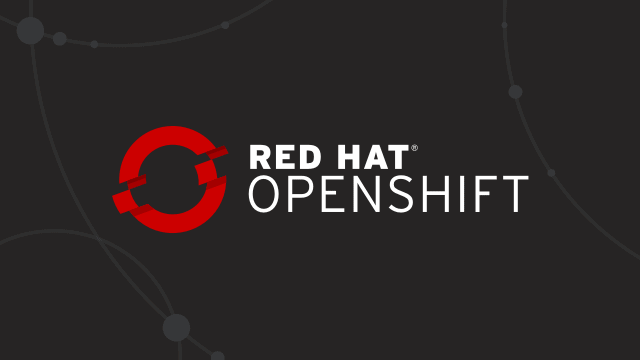Red Hat OpenShift 4.7 is here and the installer is included.
Installation wizard, kubernetes 1.20 and more new in OpenShift 4.7
Kubernetes 1.20 and CRI-o 1.20
Its technology is based on Kubernetes versions 1.20 and the CRI-O 1.20 container engine, which completely replaces what little was left of Docker. OpenShift 4.7 has continued its path of new features that we will talk about later, but if we can say something relevant about this version is that it is more stable, much more stable. A lot of changes have been made throughout the software stack that improve the availability, resiliency and robustness of the platform as a whole. More and better checks have been implemented, a new diagnostic system for the installer has been implemented and the error codes have been enriched. It also includes improvements in the control panel to facilitate the monitoring of Pipelines, operators (connected or disconnected) storage systems and communication networks. 
An installer for bare-metal servers?
Yes, at last. This version comes with the (Technology Preview) installation wizard. A breakthrough to simplify the deployment of the whole set of packages, dependencies, services and configurations required to install OpenShift on our own servers.
But wasn’t it always installed in the cloud with an automatic installer?
Yes and no. The cloud installer is great, everything works like magic BUT there are more and more workloads like AI, HPC, DL, Telco/5G, ML, that are unfeasible to deploy in cloud because of costs (you have to upload and download many, many GBs) and performance. We have already discussed how to configure OpenShift for AI/DL environments on IBM Power Systems servers. One of the main objections to such deployments was the complexity of manually installing the environment. The installer will simplify it a lot.
Windows Containers
It sounds strange, but Microsoft customers are millions in the world. If a system like this wants to succeed, it needs to support them. That’s why Red Hat OpenShift 4.7 continues to expand support for Windows Containers, a feature announced as early as the end of 2020. In addition to support for Windows Containers on AWS and Azure, OpenShift will now include support for vSphere (available early next April 2021) using the Installer Provided Infrastructure (IPI) for VMWare. Red Hat customers can now migrate their Windows containers from their VMWare virtualized systems to their Red Hat OpenShift cluster in a simple and, most importantly, fully supported and secure manner.
IPSec support in OVN
In hybrid cloud environments, one of the big challenges is how we connect our remote nodes and clusters to each other or to our local data centers. With OpenShift’s virtual network support for the IPSec protocol, this is greatly facilitated.
Automatic pod scaling
The last feature we wanted to highlight is the horizontal uto-scaling of pods (HPA). It allows, by measuring memory utilization and through a replication controller, to expand the number of pods or change their characteristics automatically.
If you want to try Red Hat OpenShift 4.7, there are a number of ways to do it, from online learning tutorials and demos on your laptop to how to do it in the public cloud or in your own data center.
You can check the rest of the news at https://www.openshift.com/blog/red-hat-openshift-4.7-is-now-available, set up your demo environment at home and start training now with our practical courses.




